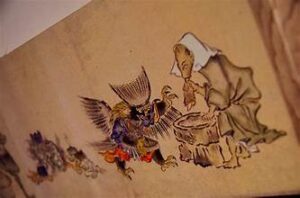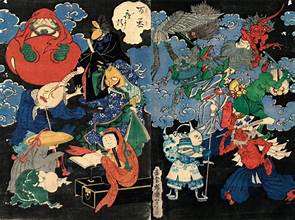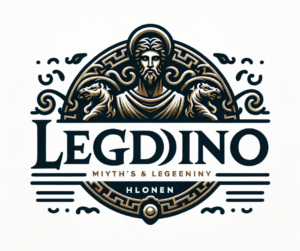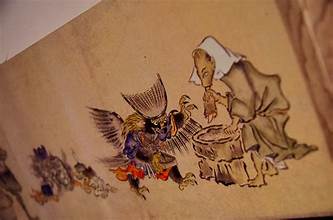
Japan’s rich tapestry of folklore and mythology is woven with a myriad of mystical creatures known as yokai. These supernatural beings range from malevolent spirits to whimsical tricksters, each with its own unique story. This article delves into the captivating world of Japanese yokai, unveiling some of the most intriguing legends that have shaped Japanese culture and imagination.
Understanding Yokai: The Essence of Japanese Folklore
In Japanese folklore, yokai are a diverse class of supernatural entities that embody the mysterious and uncanny aspects of the world. The term yokai is often translated as “ghosts,” “spirits,” or “monsters,” but its meaning encompasses a broad spectrum of mythical beings, including creatures that are not necessarily malevolent. Yokai can be found in various forms, from spectral apparitions to animate objects, and they often possess unique abilities or characteristics that set them apart from ordinary beings.
The Origins and Evolution of Yokai
The origins of yokai can be traced back to ancient Japanese Shinto and Buddhist beliefs, where spirits were thought to inhabit natural elements and landscapes. Over time, these spirits evolved into more defined and recognizable forms, influenced by Chinese folklore, Japanese legends, and local superstitions. The Edo period (1603-1868) saw a proliferation of yokai in art and literature, as artists and writers began to explore and document these creatures more systematically.
Fascinating Yokai Legends
- Kappa: The Water Demon
The kappa is one of Japan’s most well-known yokai. This water creature is often depicted as a green, turtle-like being with a watery dish on top of its head. The kappa is said to inhabit rivers and ponds, and its behavior ranges from mischievous to malevolent. It is known for challenging humans to sumo wrestling matches and can be dangerous if its watery dish is emptied. To appease a kappa, one must bow deeply, causing the creature to bow and spill the water, rendering it powerless.
- Tengu: The Mountain Goblin
Tengu are mythical creatures that inhabit the mountainous regions of Japan. They are often depicted as bird-like beings with red faces, long noses, and supernatural powers. While tengu are known for their martial prowess and association with mountain forests, their temperament can vary from benevolent protectors of the forest to fearsome enemies of humans. In folklore, they are skilled in the art of illusion and are often seen as guardians of sacred places.
- Kitsune: The Fox Spirit
The kitsune is a fox spirit renowned for its intelligence and magical abilities. According to legend, kitsune can live for thousands of years, and their powers increase with age. A kitsune can transform into a beautiful woman and is often associated with the Shinto deity Inari. While kitsune can be benevolent and helpful, they can also be tricksters, using their shapeshifting abilities to deceive humans. The kitsune‘s dual nature makes it a complex and compelling figure in Japanese mythology.
- Rokurokubi: The Long-Necked Yokai
The rokurokubi is a yokai known for its peculiar ability to stretch its neck to great lengths. By day, a rokurokubi appears as an ordinary person, but by night, it undergoes a dramatic transformation. The stretching of the neck is often portrayed in folklore as a frightening sight, and these creatures are believed to be mischievous or malevolent. The rokurokubi is a symbol of the hidden and mysterious aspects of human nature.
- Jorogumo: The Spider Woman
The jorogumo, or “binding bride,” is a fearsome spider spirit with the ability to transform into a beautiful woman. This yokai is known for luring unsuspecting victims to its lair, where it ensnares them in its webs. The jorogumo‘s story is a cautionary tale about the dangers that lurk beneath appearances and the consequences of falling for deceptive charms. The legend of the jorogumo highlights themes of trust and treachery.
The Role of Yokai in Modern Japanese Culture
In contemporary Japan, yokai continue to captivate the imagination and inspire various forms of media, including anime, manga, and video games. Modern interpretations often blend traditional folklore with contemporary elements, bringing yokai into new contexts while preserving their essential characteristics. Festivals and events dedicated to yokai also celebrate these creatures, reflecting their enduring significance in Japanese cultural heritage.
Conclusion
The world of Japanese yokai is a fascinating blend of myth, legend, and cultural identity. From the mischievous kappa to the enigmatic kitsune, these supernatural beings offer a glimpse into the complexities of Japanese folklore and the human psyche. By exploring these legends, we gain a deeper appreciation for the ways in which yokai have influenced Japanese culture and continue to inspire creativity and wonder.

















